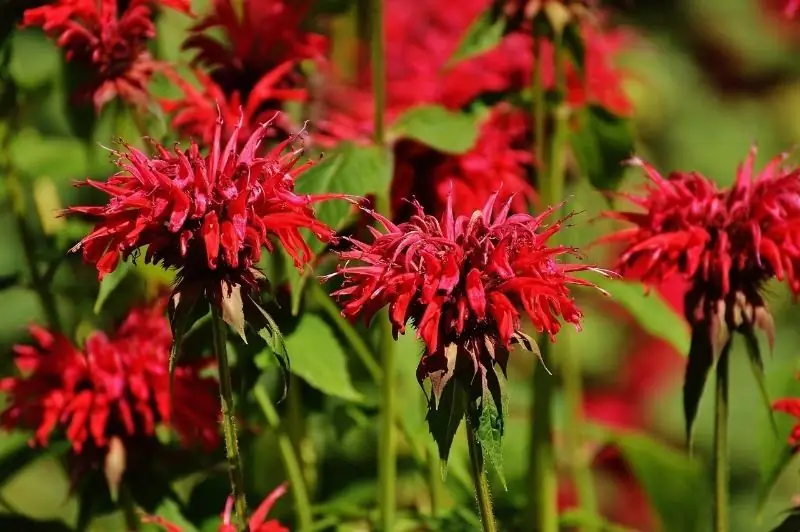
Table of contents:
- Author Bailey Albertson [email protected].
- Public 2023-12-17 12:53.
- Last modified 2025-01-23 12:41.
Bright flower bed: 7 plants of red color

A monochrome flower bed of red flowers looks spectacular when the plantings are arranged in a gradient, i.e. with a transition from dark to light shades or vice versa. You can create a bright accent on your site with the help of several plants.
Climbing roses

Climbing roses are used in vertical landscaping, planting them near gazebos, hedges and arches. They can be used to decorate decorative columns, create a voluminous garland out of them.
Petals can be double, semi-double and simple. Roses bloom for a long time, exuding a pleasant aroma.
The following varieties can be successfully grown in the temperate zone:
- > Sympathy;
- Dortmund;
- Salita;
- Red Rambler;
- Don Juan.
Roses are usually covered for the winter. Shoots need good support. Plants are considered drought tolerant and are watered once a week. Can be mulched so that moisture evaporates less.
Barberry Thunberg

This deciduous shrub is most commonly planted in hedges. In nature, the Thunberg barberry reaches 2.5 m. Gardeners usually use low and compact forms.
Barberry has orange or red long shoots, which, as they mature, become dark brown. The plant has reddish elongated buds. The leaves are green at the beginning of the season, then gradually turn bright red.
The Thunberg barberry blooms with golden, slightly reddish inflorescences outside, consisting of several bells. The fruits appear later, when ripe they become coral.
A sunny and open area without cold winds is suitable for this culture. The soil should be light, but not marshy.
Barberry Thunberg goes well with different varieties of lilacs. You can also plant miniature conifers next to it.
Tulips

Red tulips are a merit of the breeders. Flowers are crimson or burgundy, and sometimes pink or scarlet.
Plants with regular stem lengths are planted along the garden path. They can be placed on a lawn or in a mixborder. Miniature varieties are often used for rock garden.
The site for planting tulips must be protected from drafts. The groundwater level should not be higher than 70 cm. Bulbs can be planted next to fruit trees, but only if tulips have not grown in this place for 3 years.
Rhododendron

These shrubs allow you to create spectacular compositions. Plantings of rhododendron are placed in the most prominent places: against the background of a hedge, in meadows of ground cover grasses or low conifers. Rhododendron feels fine even near fruit trees.
Burgundy, terracotta and scarlet inflorescences look dazzling. Experienced florists stretch colors beautifully, combining rich and light shades.
This culture prefers acidic soils, it will grow best on loam. The exotic flower has adapted quite well to the conditions of temperate latitudes. He is almost never sheltered for the winter.
Monarda

A fairly tall and effectively blooming monarda can be grown as an annual or perennial. It has oblong leaves with a pleasant aroma. Small bright flowers are collected in inflorescences, they are quite large and also smell good.
Monarda is usually used as a spice. In addition, it attracts fruit tree pollinators to the garden. The main advantage of this culture is its decorative qualities. Bergamot, as the plant is otherwise called, is usually planted next to groundcover grasses.
Monarda prefers neutral and alkaline soils, so it is forbidden to mulch the flower bed with pieces of bark and sawdust. The plant feels normal in the sun and in the shade, without requiring abundant watering.
Lily

The red lily is a perennial plant that is often planted alongside short annuals, ornamental shrubs, roses and chrysanthemums. It differs from other cultures in that flowers on one peduncle bloom alternately. Gardeners know several varieties of red lilies that successfully grow in temperate climates:
- Terry Canary Worf,
- Black Out,
- African Lady,
- terry Red Twin.
Flowers differ from each other in size, shades and texture of the surface of the petals. All of them are unpretentious to care. The bulbs need to be planted every five years to keep the buds large and to bloom effectively.
On hot days it requires watering. The flower bed must be well ventilated. It is better to mulch it so that the soil retains moisture.
Poppy

This graceful plant is often planted in a Moorish lawn. Single poppy flowers are arranged on a slightly curved or straight stem.
Carved leaves, emerald hue, go well with scarlet, pink and orange petals. There are also two-color ones. A bright accent is a dark core with a forming box.
For poppy, neutral or slightly acidic soil is preferred. It is better if it is crumbly and light, loam and sandy loam are suitable. It is advisable to periodically loosen the soil around the stem. To make the flower garden look elegant, it is mulched with natural materials.
The classic duet is red poppies and cornflowers. Terry species do not look so simple, they can be planted in a mixborder next to cereals and purple tulips.
Recommended:
Chamora Turusi Variety Of Garden Strawberries - Features, Care And Other Important Aspects, The Difference Between Strawberries And Garden Strawberries + Photo
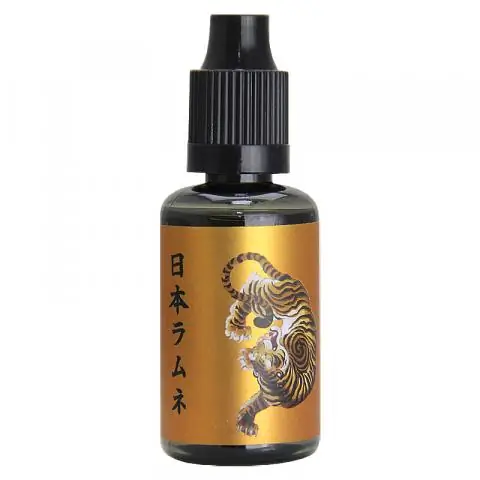
Everything about the Chamora Turusi strawberry variety: from planting and care to picking berries. Productivity, terms of fruiting, reviews of gardeners
How To Get Rid Of Aphids In The Garden And In The Garden: Effective Methods Of Control
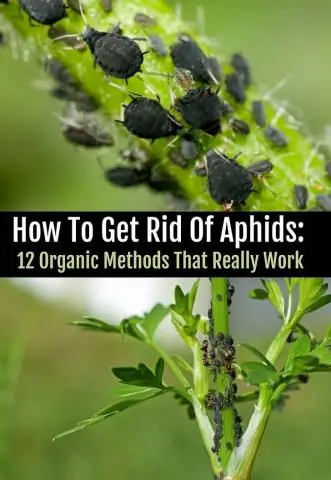
What is aphid, what does it look like and what it eats. Insect species. Control methods: folk remedies and insecticides. Pest prevention
Fences For Garden Beds With Your Own Hands - How To Make A Fence For A Front Garden, Flower Garden Or Vegetable Garden, Step By Step Instructions With A Photo
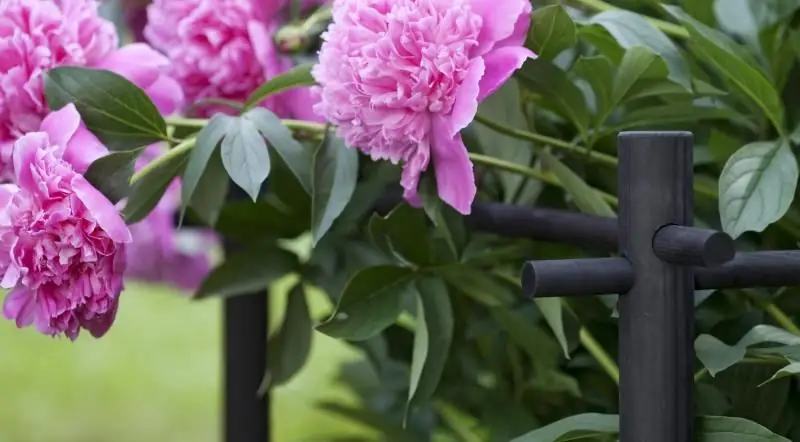
Options for fences for a suburban area. Their pros and cons. How to install a holder for plastic bushes, a flower bed from bottles: step by step instructions. Video
What Flowers Can Be Planted In The Shade: An Overview Of Plants That Do Not Like The Sun, Photo
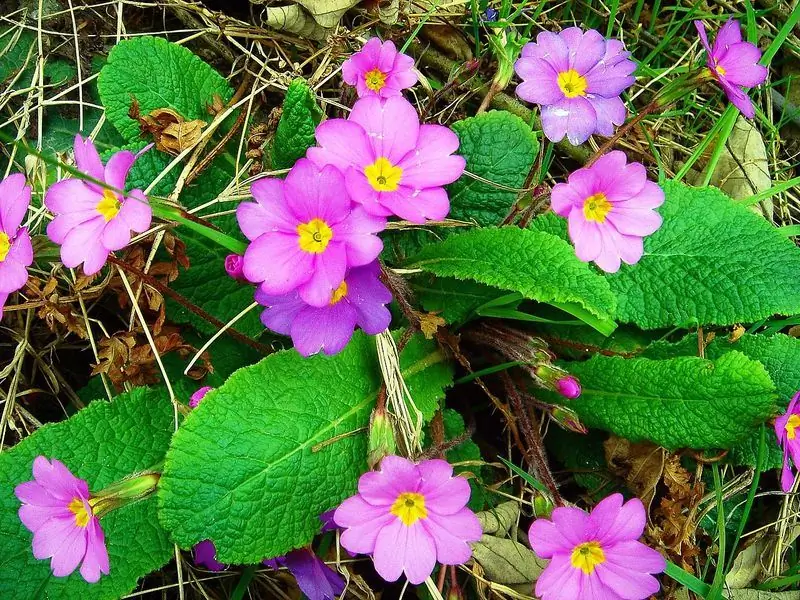
A selection of shade-loving and shade-tolerant ornamental plants for summer cottages
What Can Be Planted In June In The Country: Plants For The Garden, Vegetable Garden And Flower Garden
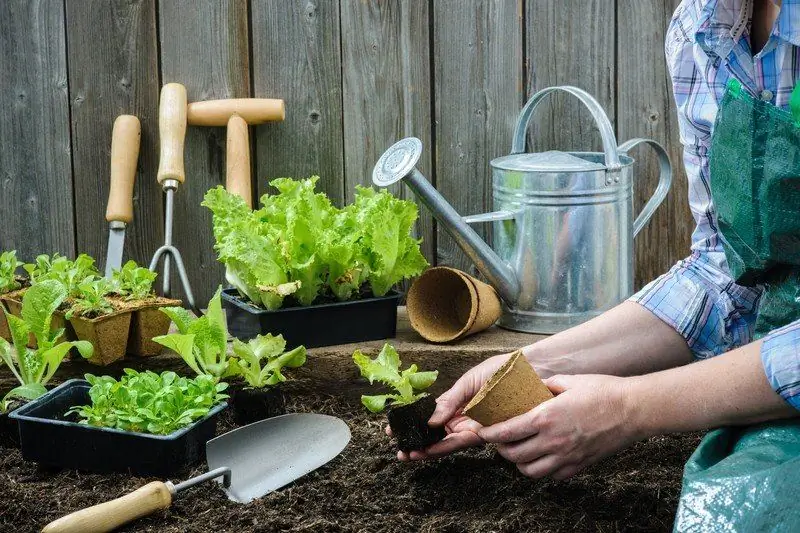
Plants suitable for planting in the garden in June are greens, roots, other vegetables, flowers. What can be planted in open ground and in a greenhouse. Gardener's recommendations
